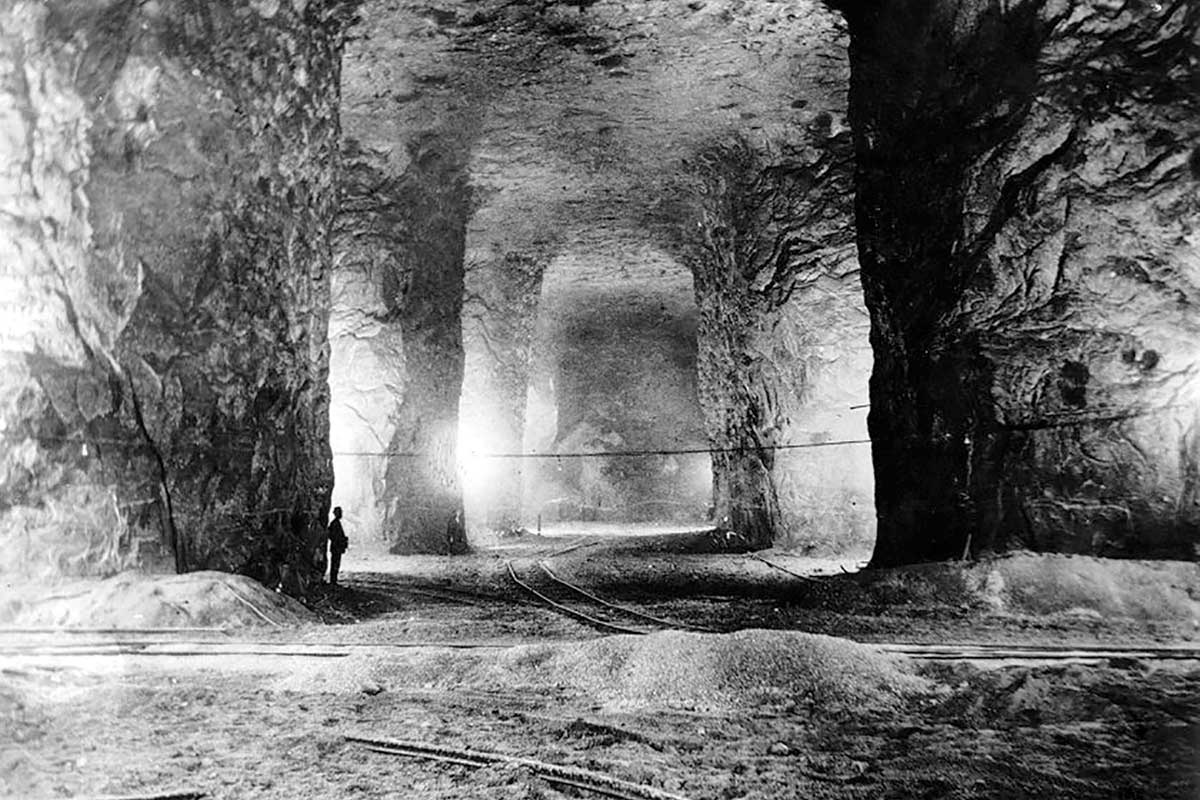More than 60 years before sports fans first flocked to Houston’s famed Astrodome, another dome caused a sensation in East Texas—an underground dome made completely of salt.
Salt domes were largely unheard of until 1901, when an experimental oil well was drilled near Beaumont, on Spindletop Hill. Drillers chose the site because the small hill, which was about 15 feet tall (large for East Texas), seeped sulfur and natural gas on a regular basis.
Once the drillers on Spindletop reached a depth of about a thousand feet, they pierced a pressurized reservoir of oil, which blew all of the drilling equipment out of the ground and inundated the surrounding land with crude oil in what became known as the first official gusher. Daily production from the well reached 100,000 barrels of crude—more than had ever been produced—and an industry was born.
That discovery also deepened geologists’ understanding of the underground structures, now known as salt domes, that contained massive amounts of crude oil, natural gas and in some cases water.
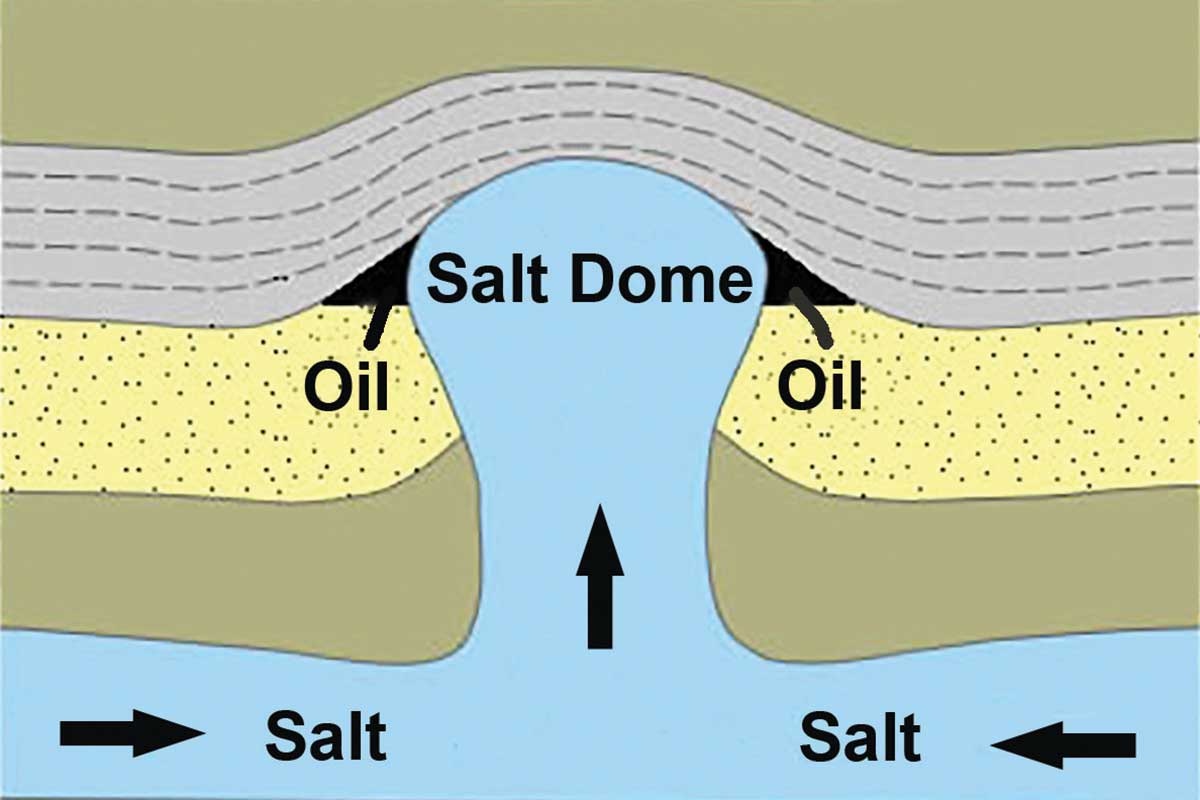
Salt domes are formed when layers of underground salt are pushed toward the surface by intense pressure. Because the layers of salt are virtually impermeable, they are well suited for underground storage of oil and other substances.
What Is a Salt Dome?
A salt dome is a mound or column of salt that has intruded upward into overlying sediments. Salt domes can form in a sedimentary basin where a thick layer of salt, typically left over from a salty body of water millions of years ago, is covered by younger sediments of substantial thickness.
In many cases, salt domes reach thousands of feet above the salt layer from which they began growing. When this occurs, the domes can deform rock layers into traps that hold oil and natural gas. Because the salt is impermeable, the domes can serve as underground storage or for hazardous waste disposal.
Major occurrences of salt domes are found along the Gulf Coast of the U.S., in East Texas and southwest Louisiana. One of the largest concentrations of salt domes lies in an area known as the East Texas Basin, which stretches from north of Carthage in Panola County through Nacogdoches, Angelina, Polk, Liberty and Chambers counties. The area is also a large source of oil and natural gas.
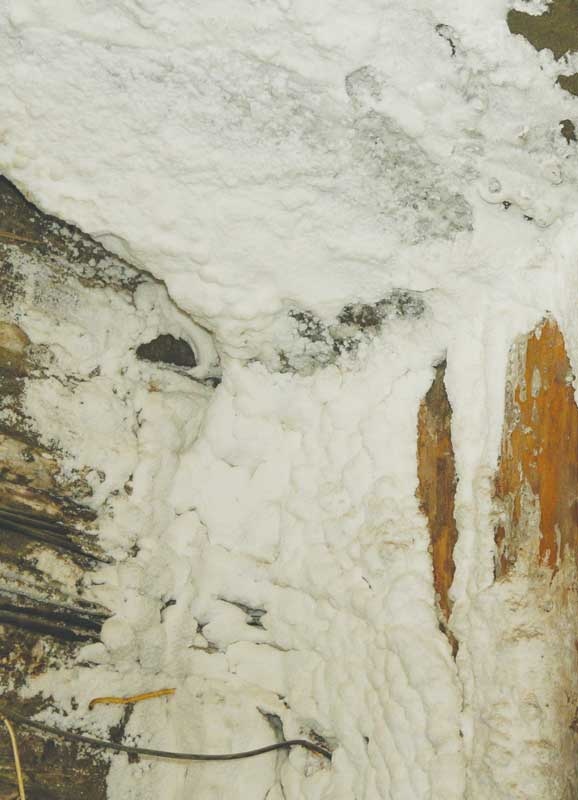
The walls inside a salt dome are a combination of giant salt pillars and smaller sections of salt formations.
How Big Can Salt Domes Get?
Most salt domes in Texas are very large, ranging from a half- mile to more than 5 miles across. The parent rock units that serve as the source of salt can be several hundred to a few thousand feet thick and can be located more than a mile below the surface of the Earth.
According to the U.S. Geological Survey, prior to 1924 there were six known salt domes in East Texas: the Grand Saline, Steen, Brooks, Butler, Keechi and Palestine domes. After 1924 discoveries of new domes came at a rapid pace, alongside the burgeoning oil and gas industry. The new discoveries in East Texas included Boggy Creek, Bethel, Bullard, Oakwood, Whitehouse, East Tyler, Mount Sylvan, La Rue, Troup, Salmon and Haynesville domes. Virtually all of these dome discoveries were on private land and remain there today, with the few exceptions of those either sold or leased for underground storage.
Among those exceptions are two domes in East Texas and two in Louisiana, where the United States keeps its reserve of oil, known as the Strategic Petroleum Reserve. The idea for the SPR was introduced by President Franklin Roosevelt in 1944, near the end of World War II. After the war the idea got pushed to the back burner until the Arab oil embargo in 1973. The SPR finally came to fruition when President Gerald Ford signed the Energy Policy Conservation Act into law in December 1975, and the four salt domes were chosen to hold America’s oil reserves.
The storage areas are under military guard 24/7 and are generally considered safer and more affordable than alternative storage solutions. To store the more than 720 million barrels of oil above ground would require more than 2,000 tanks, which stretched end to end would cover more than 150 miles.
The East Texas storage sites were chosen not only because of the salt domes but also because the area is home to much of America’s energy industry and with it access to a pipeline network that spans the country. It also provides easy access to water and rail transportaion and the interstate highway system.
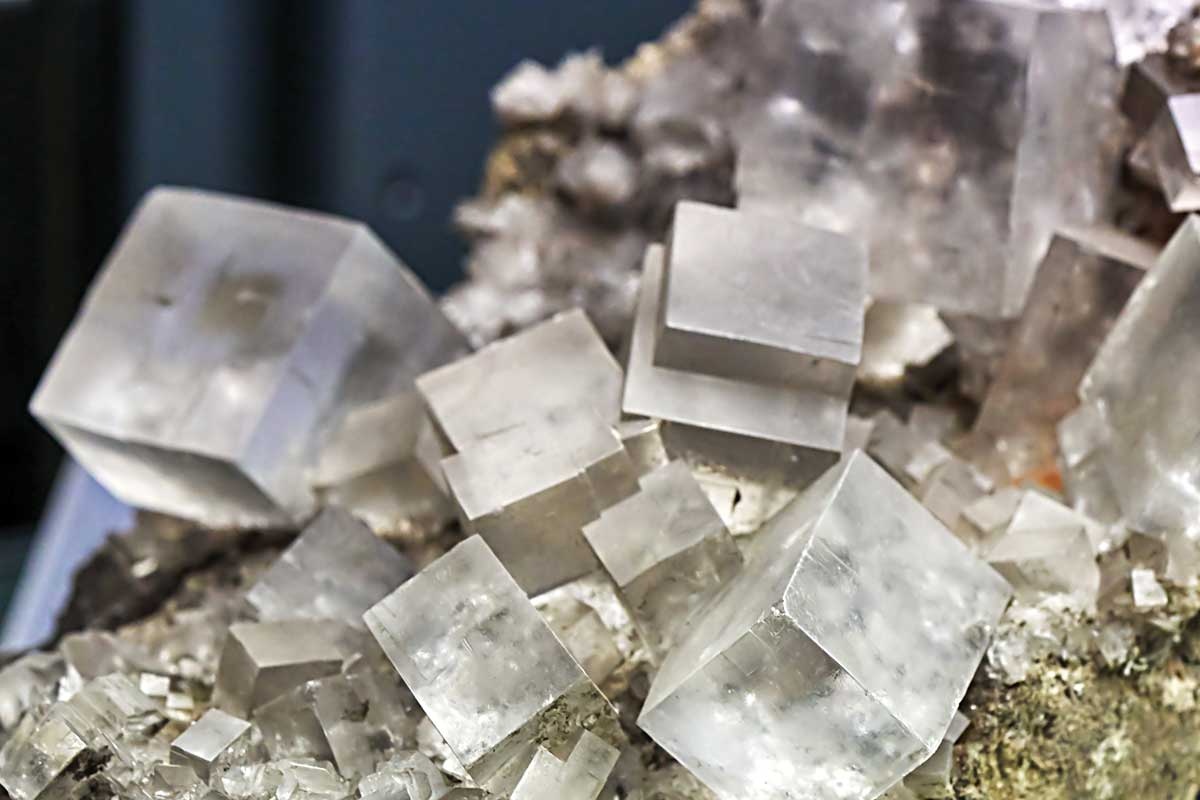
Highly-magnified salt crystals.
Sufiyan Huseen
Other East Texas Salt Domes
East Texas has many other salt domes aside from the SPR. Some sit empty, and some produce salt for agricultural and farm use as well as for table salt.
One of the more active domes is the Barbers Hill salt dome, near Mont Belvieu. The Barbers Hill dome was discovered in 1902, just a year after the Spindletop discovery. Most geologists consider Barbers Hill to be the largest single salt dome in America. Within the dome are more than 120 caverns, each capable of holding tremendous amounts of oil or gas. The dome is about a half-mile below the surface and more than 2 miles wide. As a result of its immense size and storage capacity, no less than nine oil companies and one salt company operate within the confines of the salt dome.
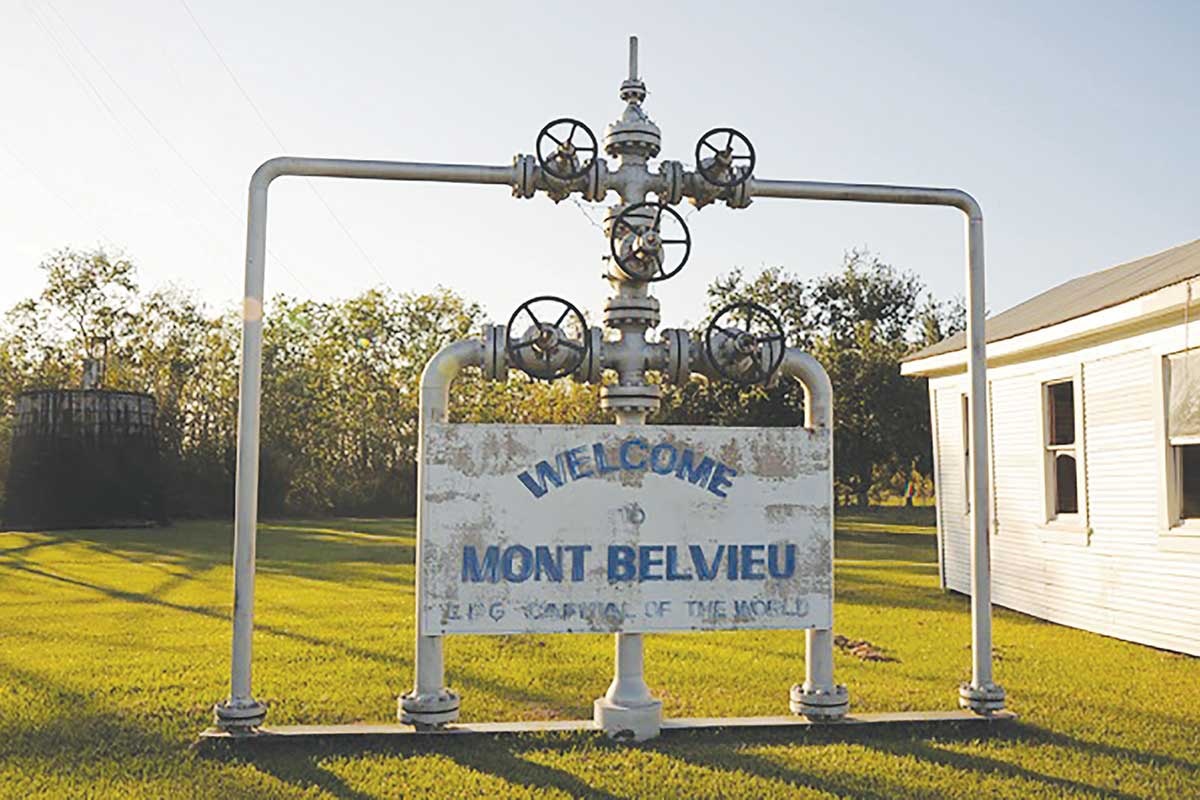
The welcome sign for Mont Belvieu, home to more than a half- dozen salt domes and underground storage facilities, pays homage to the petroleum industry with a series of pipes and valves.
Liberty County is home to three major salt domes, all on private land. The highest point in otherwise flat Liberty County is actually the roof of a salt dome called Davis Hill. Near Dayton are the Esperson (discovered in 1928), North Dayton (1900) and South Dayton (early 1920s) salt domes.
The Dayton-area domes are well suited for liquefied natural gas storage and have attracted several energy companies that have built facilities nearby. Their combined business activity has brought millions of dollars annually in tax revenue to the region, making it a fast-growing zone for new residential construction and other businesses. The population of Dayton has doubled since 2000, which many attribute to the economic impact of the energy industry influx around the domes.
A Salty City
While most of the salt domes in East Texas are used by the energy industry, one East Texas town has capitalized on its salt dome history through tourism—and even incorporated that history into its name: Grand Saline.
A giant salt dome sits underneath Grand Saline, plunging more than 16,000 feet into the earth. It’s been in use since the Civil War and is expected to last another 20,000 years.
Located just north of Palestine, Grand Saline is home to the Salt Palace—billed as the “world’s only building made entirely of pure rock salt.” The area around Grand Saline is so abundant in salt that in some areas underground pressure causes salt water to rise from the ground and crystalize, creating a “salt prairie.” There is evidence that the area was used as a source of salt as far back as the ninth century by the Caddo people. The city also hosts an annual Salt Festival in June.
